
Introduction
At Computex 2024, AMD announced the Zen 5 architecture-based AMD Ryzen 9000 Series CPUs, as well as Ryzen AI 300, RDNA 3.5, and other technologies. At that time, the actual launch date or on-shelf date was unknown, as well as some specifics on architecture and performance. Prior to the launch, AMD shared some more information in regards to the AMD Ryzen 9000 series and other technologies. Specifically, we now know the launch date, we also have some more information on the Zen 5 architecture, RDNA 3.5 architecture, and XDNA architecture as well as performance that has been shared from AMD on the new processors.
If you want an audio/video run-down of the main topics of the Ryzen 9000 Series and architecture, with thoughts and opinions, check out our YouTube video below. Otherwise, this written article will contain every slide from all of the presentations pre-launch, including some things not found in the YouTube video regarding XDNA.
AMD Ryzen 9000 Series
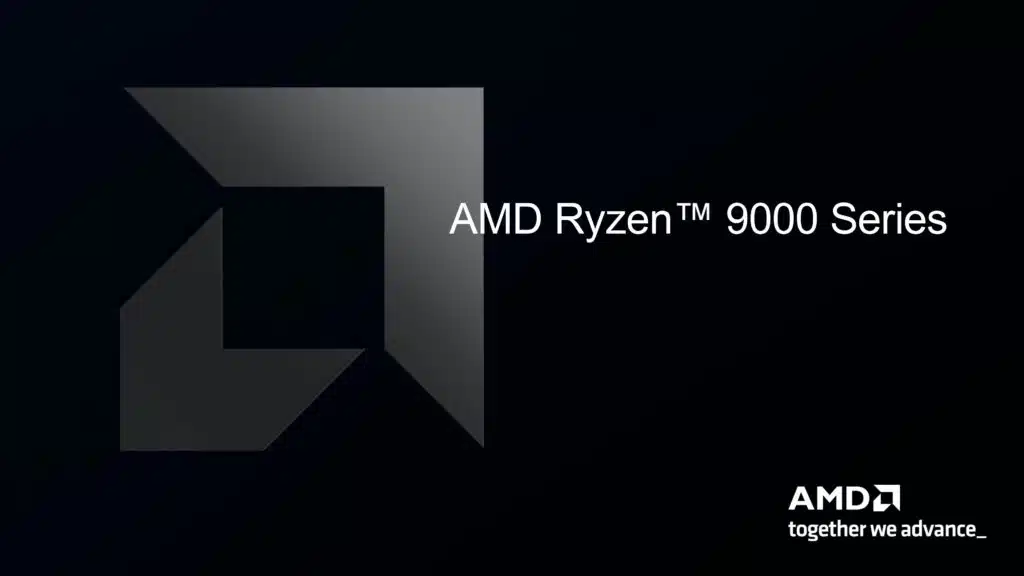
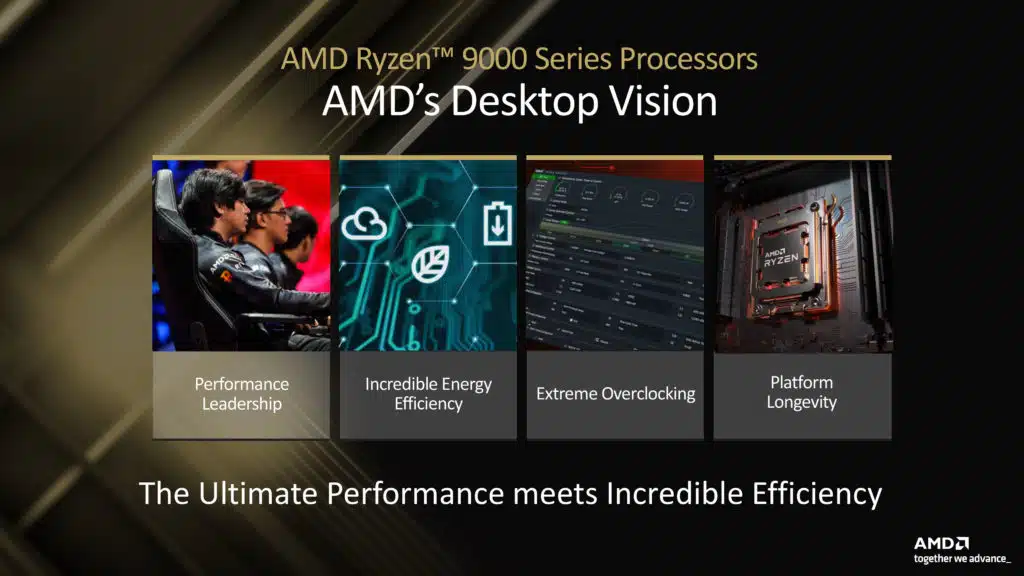
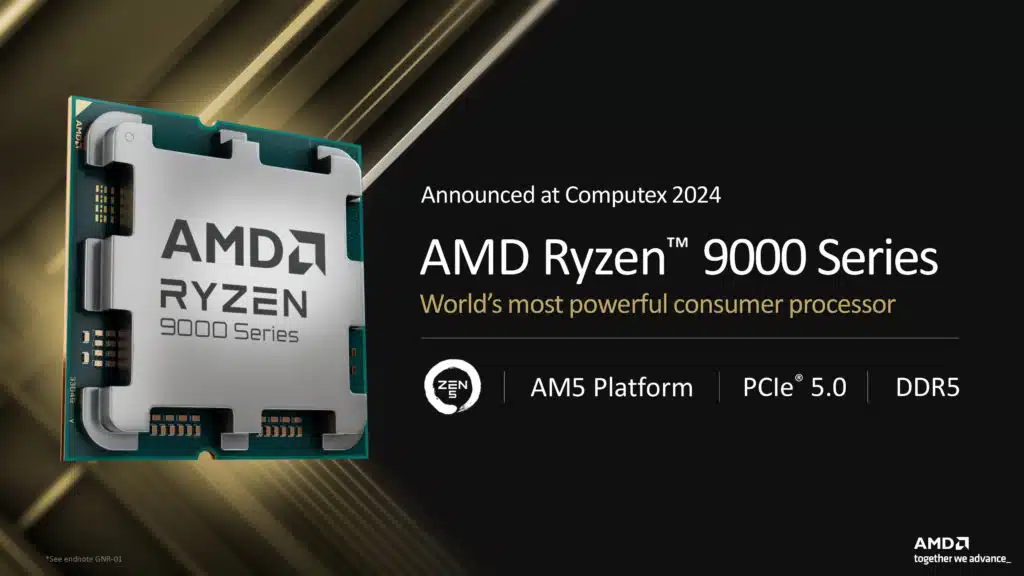
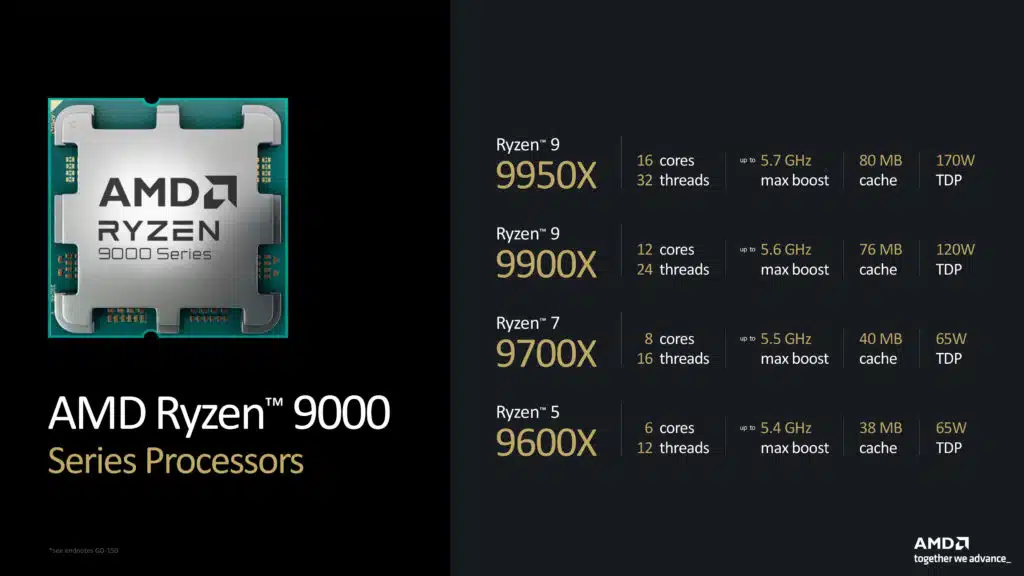
The AMD Ryzen 9000 series processors will consist of the Ryzen 9 9950X with 16-cores/32-threads and a 170W TDP, the Ryzen 9 9900X with 12-cores/24-threads and a 120W TDP, the Ryzen 7 9700X with 8-cores/16-threads and a 65W TDP and finally the Ryzen 5 9600X with 6-cores/12-threads and a 65W TDP.
One key point is the fact that the Ryzen 9 9900X operates at a lower 120W TDP, compared to last generation’s Ryzen 9 7900X which operated at 170W TDP. Also, the Ryzen 7 9700X and Ryzen 5 9600X operate at a 65W TDP while the Ryzen 7 7700X and Ryzen 5 7600X operate at 105W TDP. All Ryzen 9000 series processors run on the AM5 platform, PCIe 5.0 and utilize DDR5, same as the last generation Zen 4 CPUs.
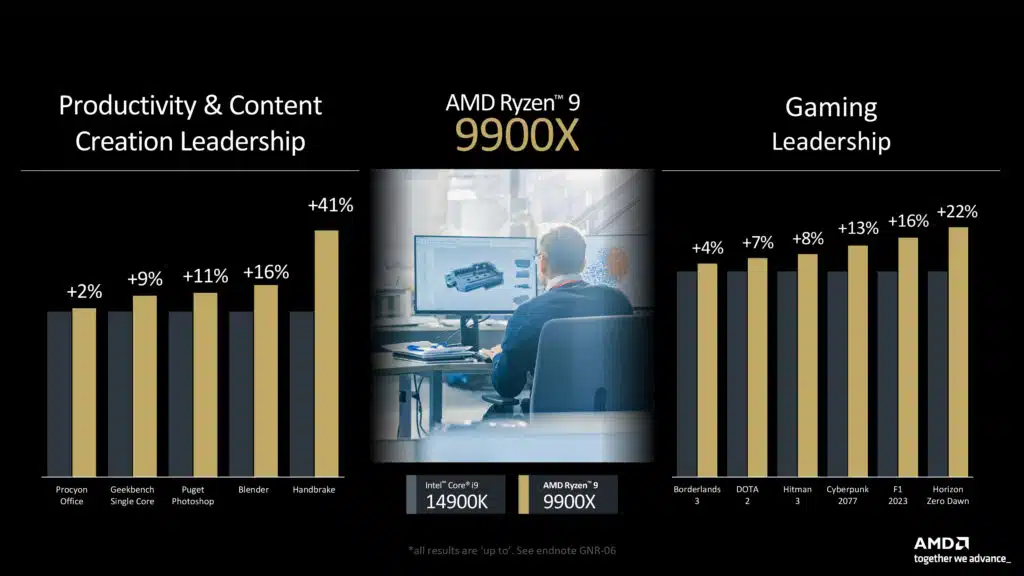
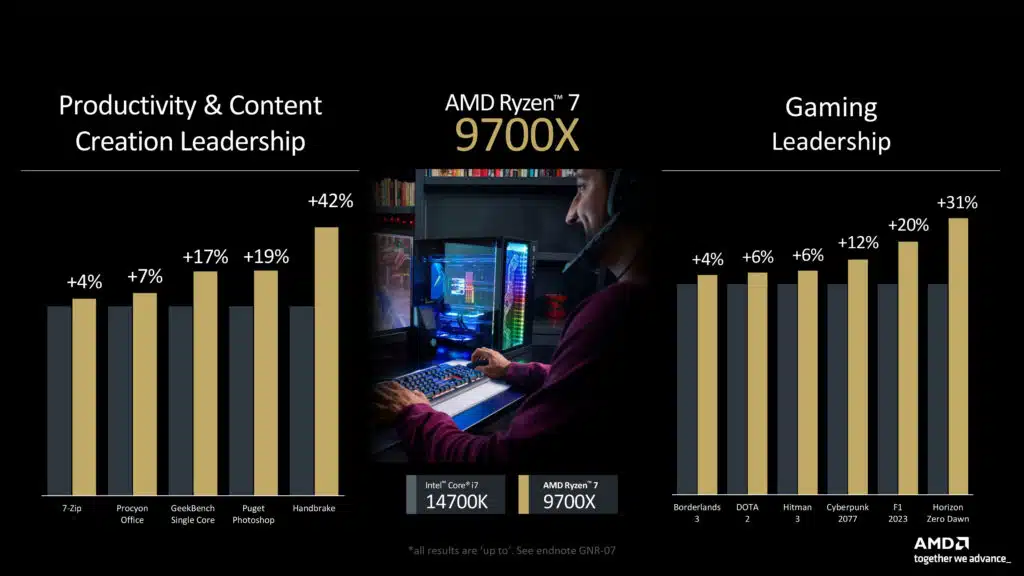
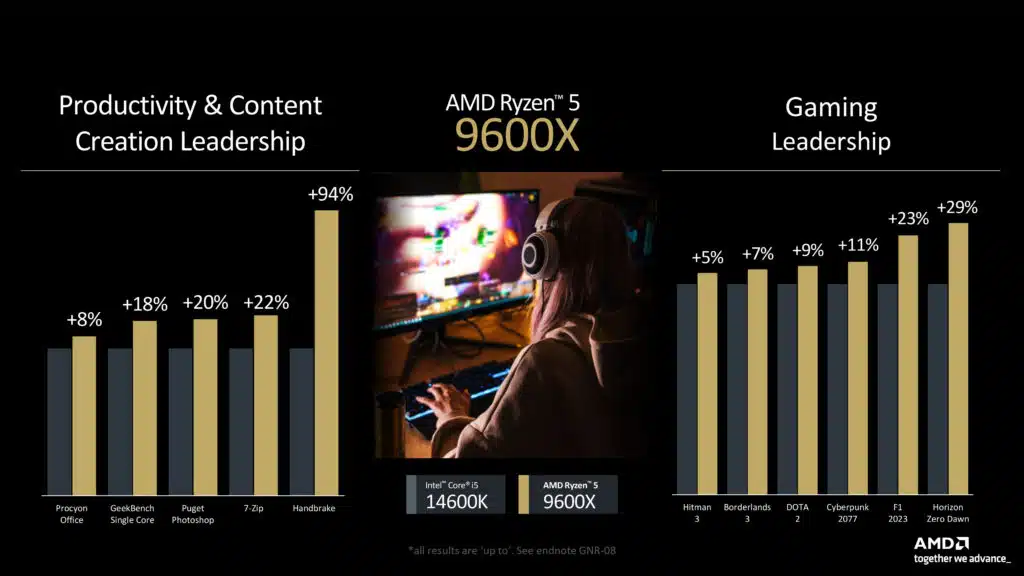
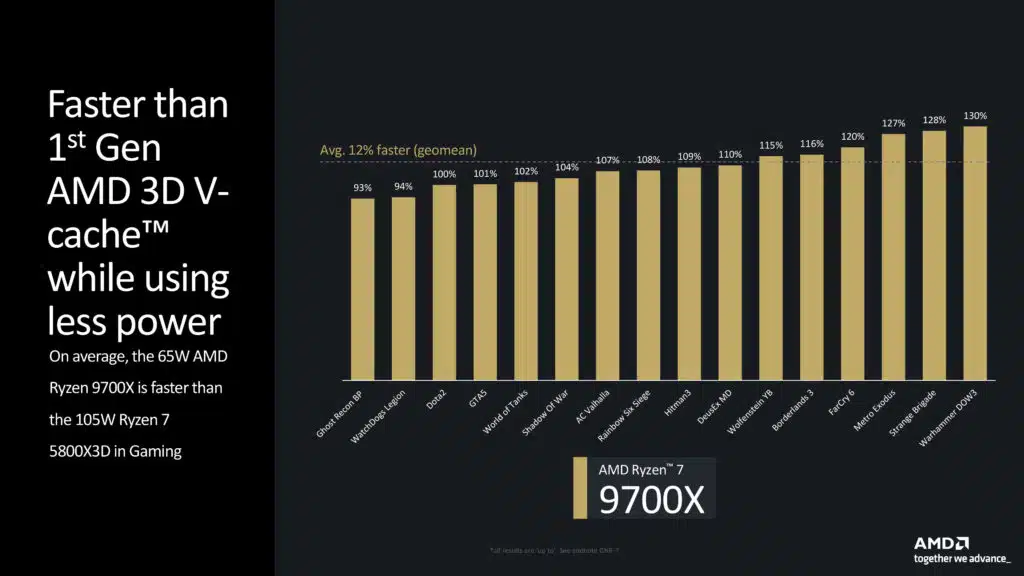
When looking at performance, AMD is sharing first-party benchmarks prior to the launch. AMD shows productivity applications between the Ryzen 9 9900X and Intel Core i9-14900K with performance anywhere from 2%-41% in some cases, obviously dependent on the application and thread usage. In games, the same rule applies, it is very dependent between 4%-22% in some older games.
When looking at the Ryzen 7 9700X compared to the Intel Core i7-14700K AMD is showing productivity between 4% up to 42%, again dependent on the application and thread usage. In games, AMD is showing performance of 4%-31% in older games. When looking at the Ryzen 5 9600X compared to the Intel Core i5-14600K we see productivity performance from 8% to 94%, again very app dependent. In games, we see 5%-29% again in older games.
Finally, in the last slide, AMD is emphasizing the 9700X at 65W allowing the same, or better performance of a higher Wattage CPU, the 5800X3D (two generations past) which is a higher Wattage. This is just emphasizing better performance has now been obtained while utilizing less power.
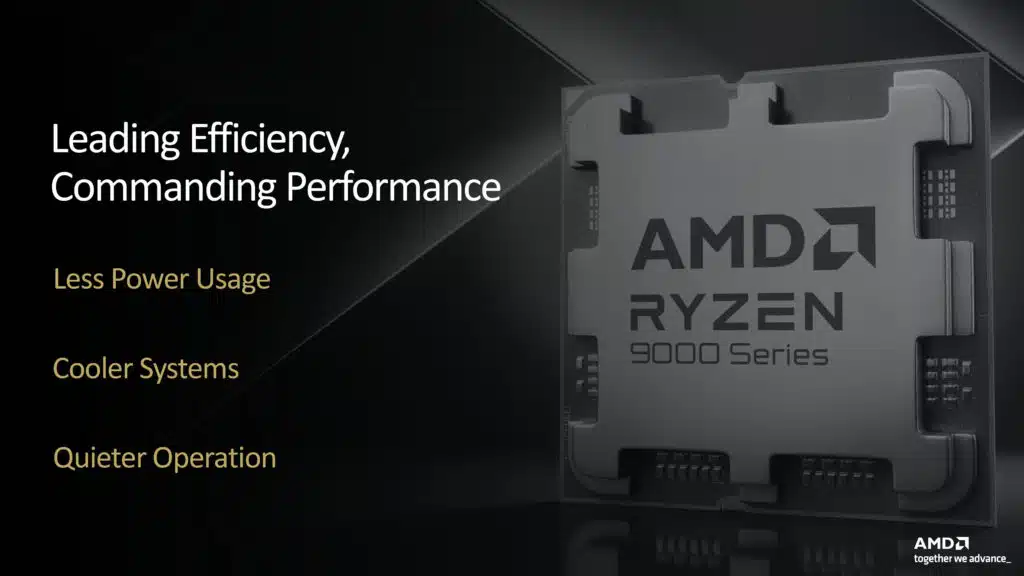
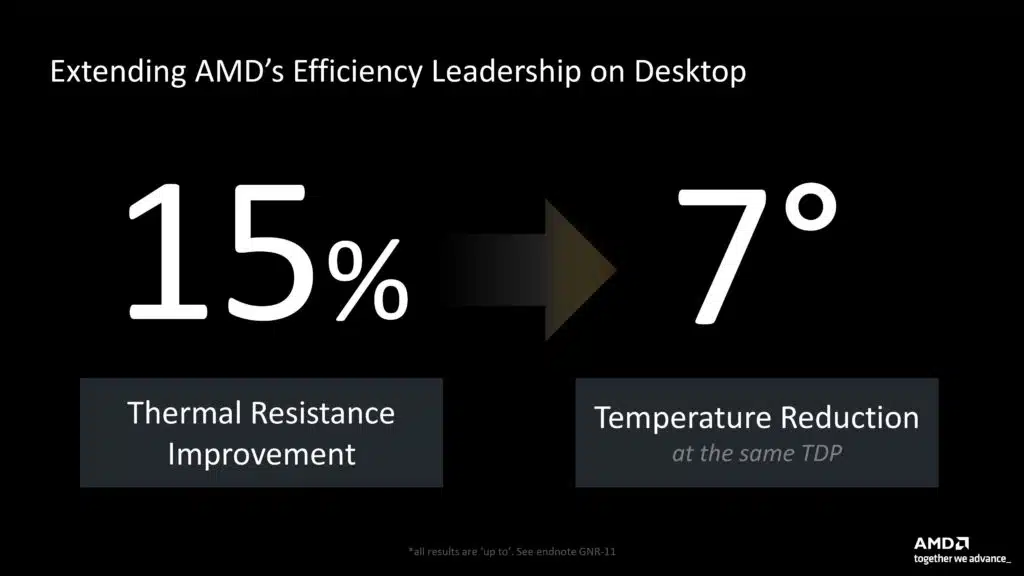
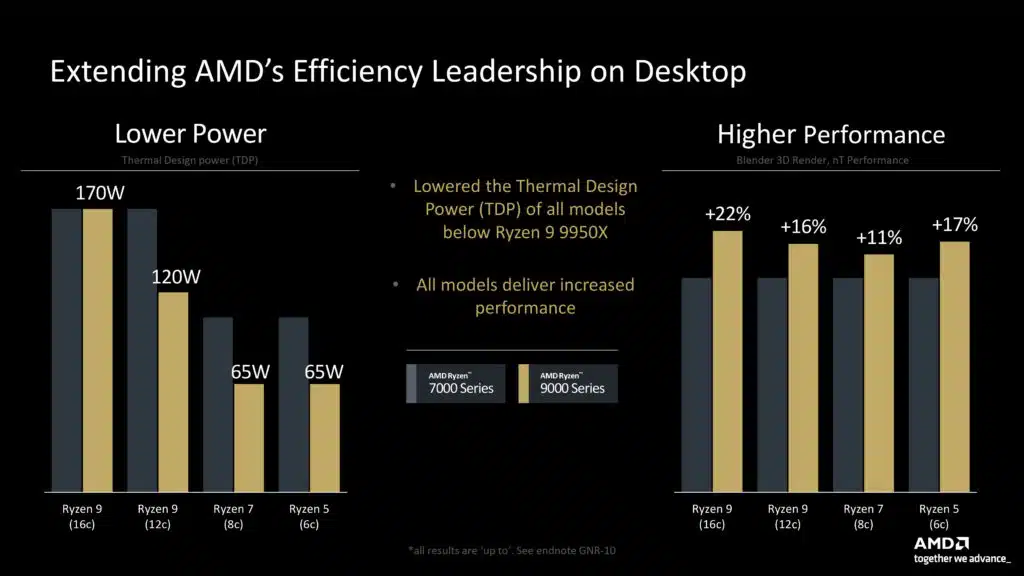
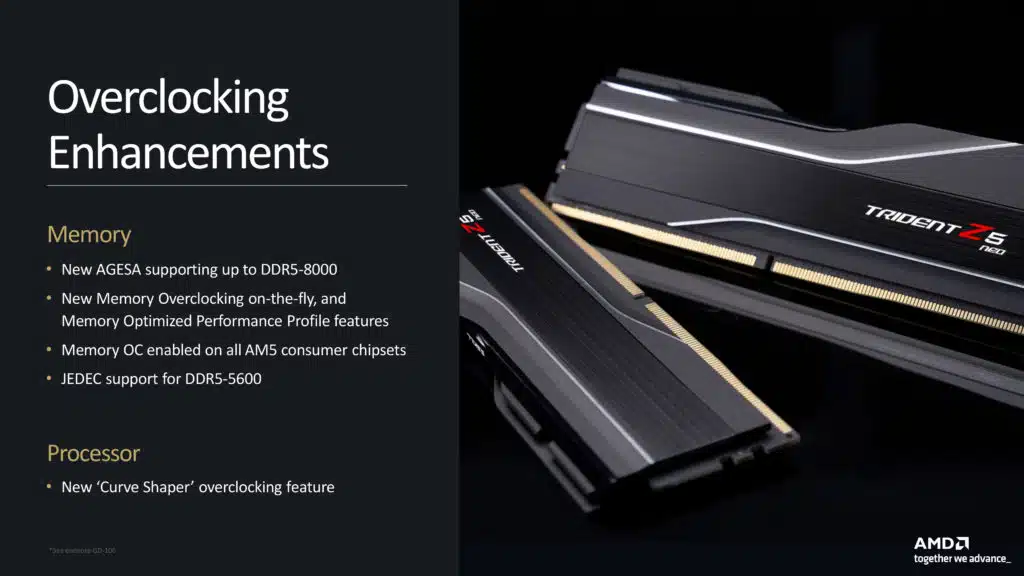
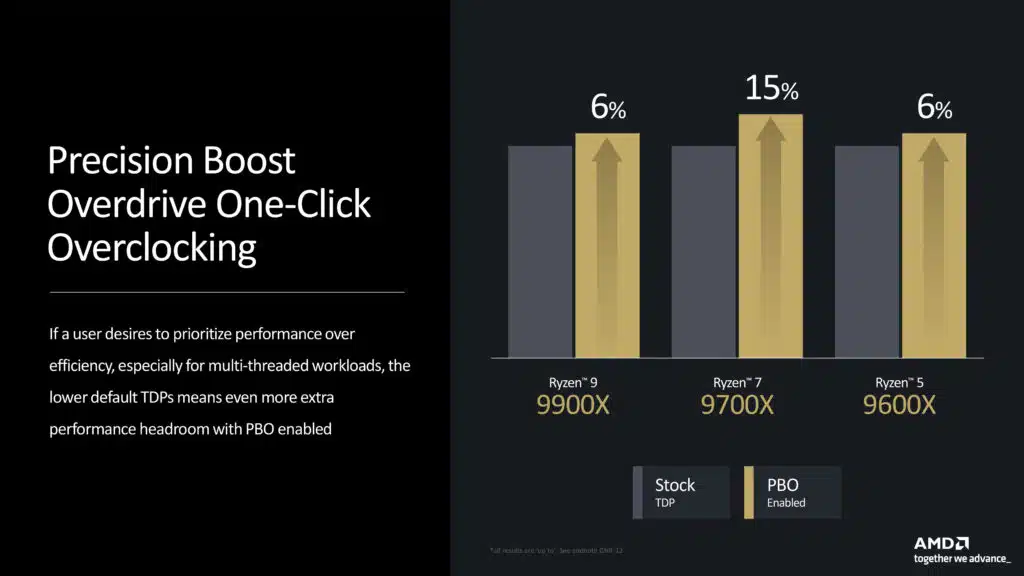
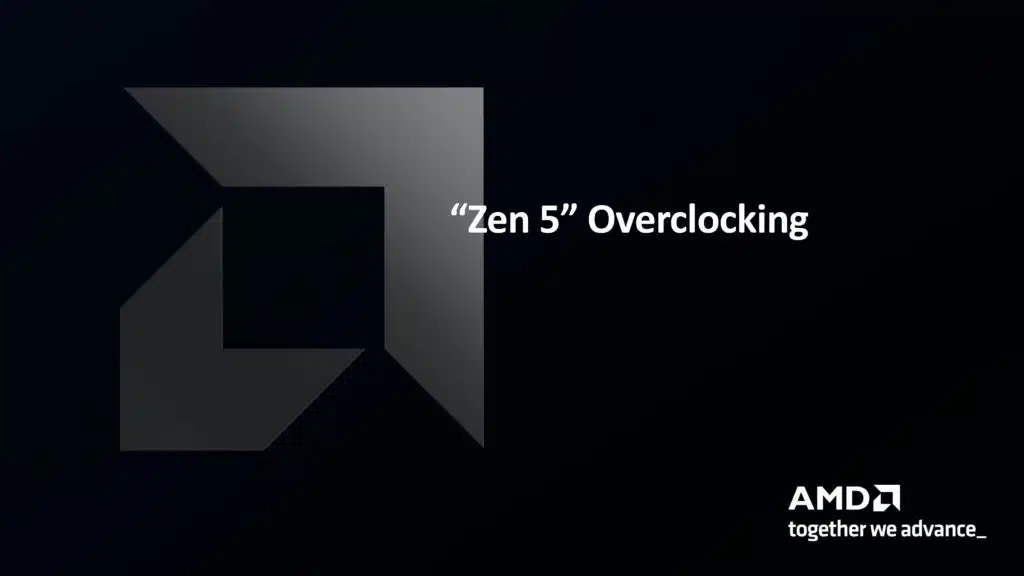
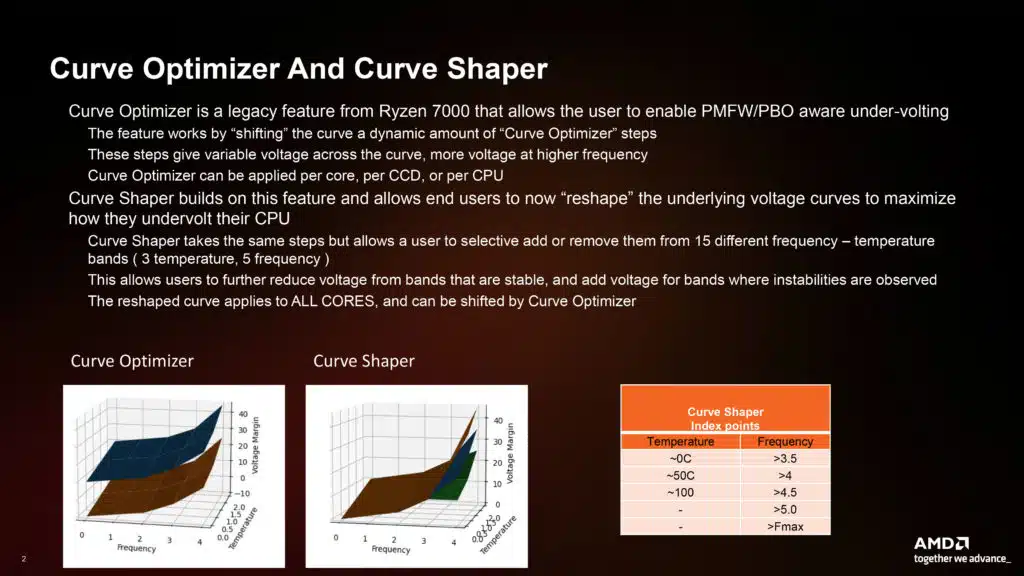
AMD is providing less power usage, and cooler running systems required with AMD Ryzen 9000 series processors. This is done by way of a 15% thermal resistance improvement, which allows a 7-degree temperature reduction at the same TDP. What this could mean is improved long-duration boost clock speeds when more cores are running at the same time, but we’ll have to test that to see. There is emphasis again on the 9900X being at a lower TDP than the 7900X, and the 9700X and 9600X also at lower TDPs than the 7700X and 7600X.
AMD is also continuing to support memory overclocking by running above JEDEC speed, which BTW DDR5-5600 JEDEC is supported. Memory overclocking is enabled on all AM5 consumer chipsets. AMD has updated AGESA to support up to DDR5-8000 and also new memory overclocking on the fly with memory-optimized performance profile features. In regards to CPU overclocking, Precision Boost Overdrive is still supported and AMD is showing as much as 6% performance improvement on 9900X, 15% on 9700X, and 6% on 9600X. In addition, AMD is also providing a new layer to undervolting with Curve Shaper, which allows different voltage points along the frequency and temperature curve.
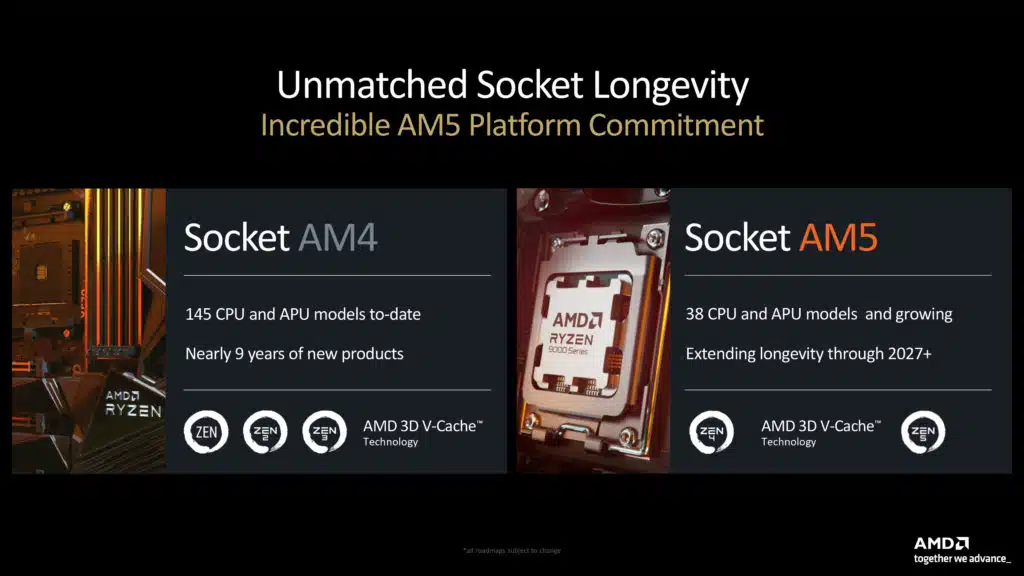
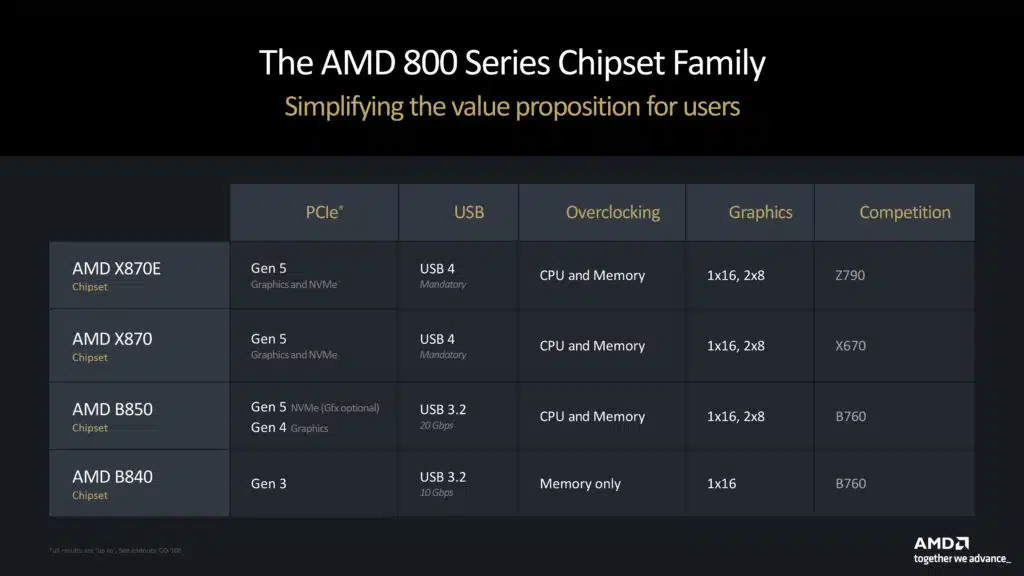
AMD has committed to extending the longevity of AM5 through 2027+ with 38 CPU and APU models and growing. In addition, beyond the AMD X870E and X870 already announced, AMD is now also announcing an AMD B850 and AMD B840. With AMD B850 you will get Gen 5 NVMe with GPU being an option, but always Gen 4 at the least with USB 3.2 20Gbps. AMD B840, however, will be Gen 3 and USB 3.2 10Gbps.

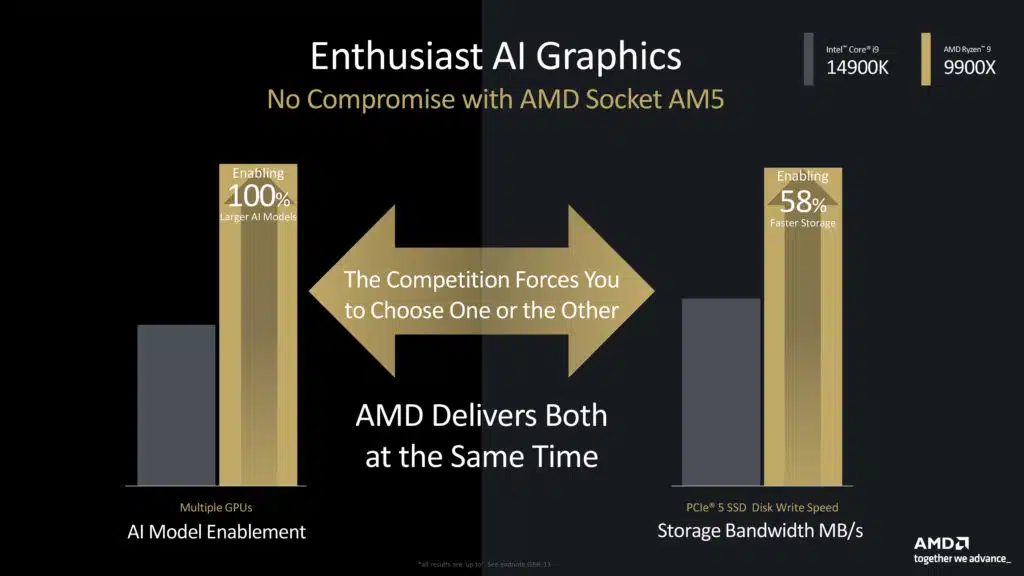
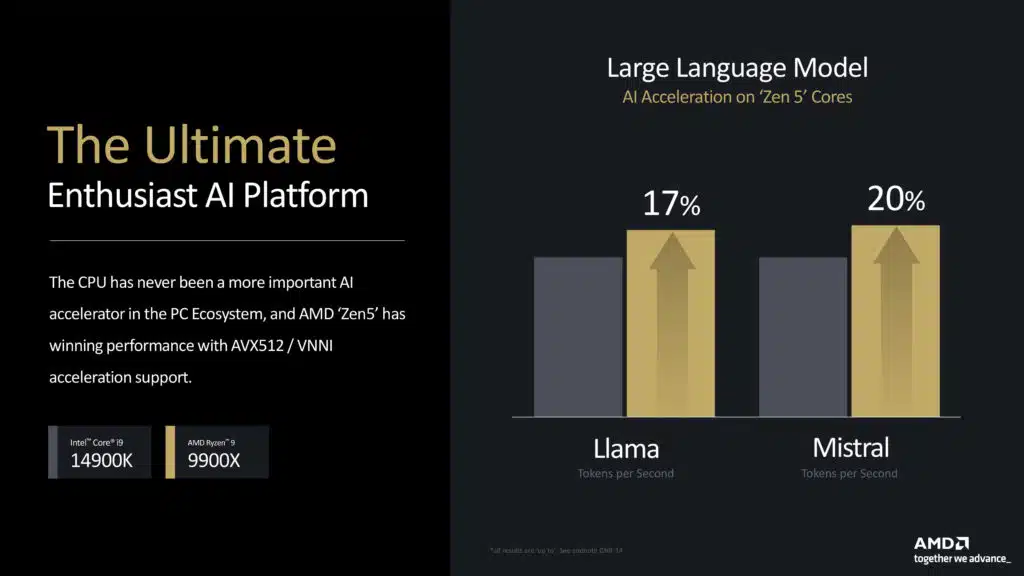
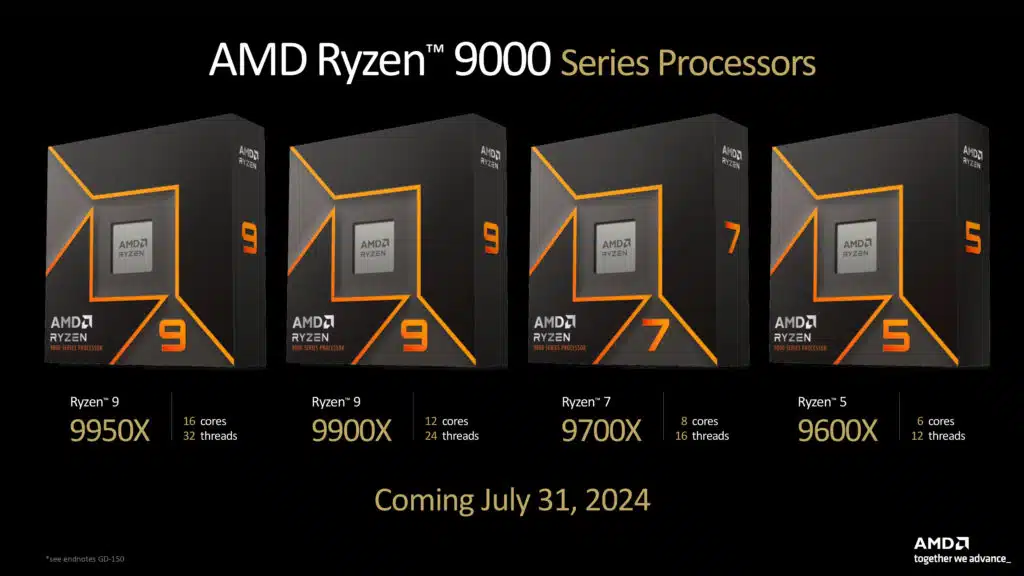
The big announcement today is of course the official launch date or on-shelf date, which is July 31st, 2024.
